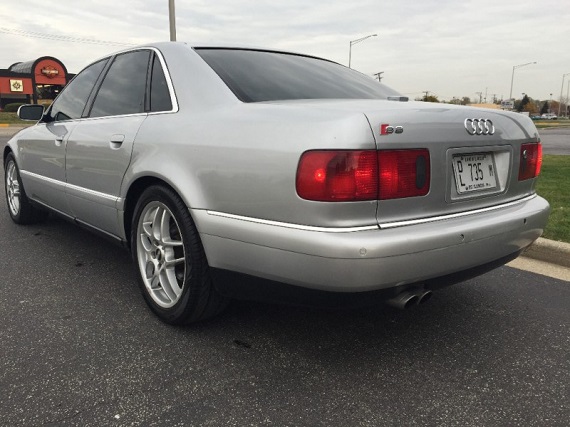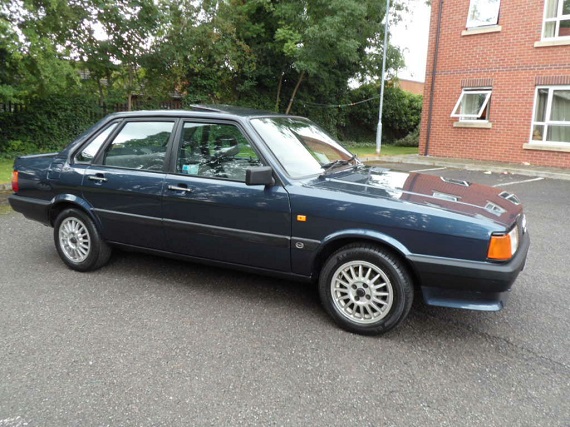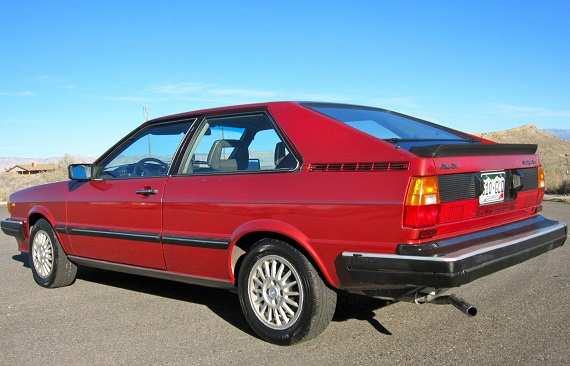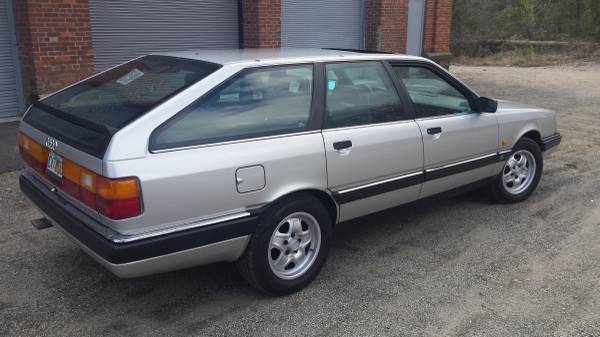The term “Fully Loaded” is often overused by dealers, and sometimes – as our reader Brad is fond of pointing out – poorly used. He is correct that, when talking about a top of the range luxury executive car, saying that it has power windows, locks or steering seems really quite superfluous since you couldn’t opt out of those options. Earlier this week, another reader sent me a 2001 S8 and I started to tick off the options that were selected as I looked through the photos and over the description. Unfortunately, the pricing on that particular S8 John sent was so aggressively low that someone got a great deal and it disappeared almost immediately. What was really amazing was that the selected options were more costly than the second-hand asking price! But I found another heavily equipped 2001 S8 for sale – unsurprisingly, though, the dealer doesn’t list those rare options, rather relying on the tried and true “Fully Loaded” moniker. Let’s see if we can decode what the car was selected with – and what that would have cost:
Tag: Audi
Recently I was reminiscing while looking through old magazine photos and came across the Car and Driver comparison of the Mercedes-Benz 500E, the BMW M5, and the then new Audi S4. I still remember reading that article; the Audi placed last and seemed seriously outclassed in terms of horsepower, acceleration even curb appeal. If you wanted the race car dressed as a sedan, the M5 was the natural choice. If you wanted a muscle car with room for four executives, then the 500E couldn’t be beaten. And on paper, the S4 was really a poor comparison to those cars. C&D did point out that the Audi was technically more advanced than the other two; it was the only turbocharged one, and the all-wheel drive system was already legendary even in 1992. But people that opted to buy the S4 were doing so not for the technology, but for the capability of the understated Audi. Several generations of each model on, these are still the cars that many longingly remember as the height of their respective marque’s build quality and driver involvement – and certainly that’s the case for the Audi. While it was underpowered out of the box compared to its countrymen, the stout drivetrain and engine easily accepted higher levels of boost. It was the first Audi that really got aftermarket support – a group of enthusiasts who still boast that this is the best car that Audi ever made. The workhorses of the ski-set, few have led pampered lives and not many remain in good shape – making it a treat to find a clean one. Despite growing acknowledgement that this car was one of the great sport sedans, prices on even very clean examples of the C4 S4 remain much more affordable than the BMW and Mercedes-Benz competition today:
CLICK FOR DETAILS: 1993 Audi S4 on Craigslist.org
9 CommentsEarlier this week, I wrote up dueling 5-cylinder automatic wagons in the “beige-off” between the 1986 Quantum Wagon and 1987 Audi 5000S Avant. The net result of that write up, effectively, was that if you really want to dive into the ownership pool of one of these wagons, most would prefer the more desirable versions of the car. For the Quantum, that meant the Syncro version, and unsurprisingly for the Audi that meant turbocharging and quattro all-wheel drive. In both cases, that raises the complexity factor a few notches – but there are still examples of these long-lived wagons making their owners happy today. I spent a few years with a 200 Avant, and loved many aspects of it; however, I came away saying there was only one way I’d get into an older Audi Avant again – if it was one of the limited run, 3B 20V equipped 1991 examples. Outwardly, you had to be a sharp eye to spot the differences. Some of them were quite subtle; for example, there were no badges outside of the front and rear rings and a subtle “quattro” grill badge on the ’91 200, unlike the previously badged 10V examples. From the roof down, there were no differences other than that until you got to the fenders, which were subtly but notably flared. The wheels were still BBS mesh wheels as they had been in 1989 and 1990, and though they were still 15″ in diameter, they were now 7.5″ wide instead of 6″. Those larger wheels also hid a new brake system dubbed “UFOs” by enthusiasts; the floating rotor design that was engineered to haul the heavy Audi down from triple digit speeds. And triple digit speeds it was now quite capable of, with a healthy 50 horsepower boost over previous 200s thanks to 10 more valves and electronic fuel injection in the new “3B” 20 valve turbocharged inline-5. Mated only to a manual transmission, less than 200 of these coveted Audis were imported at a time when they were both expensive and Audi was nearly on the outs with the American market:




